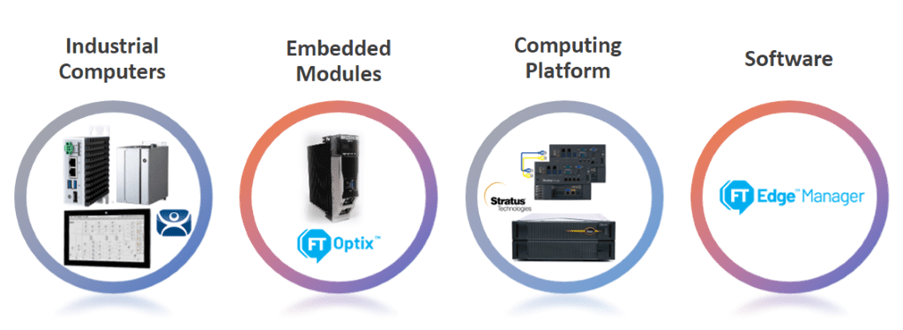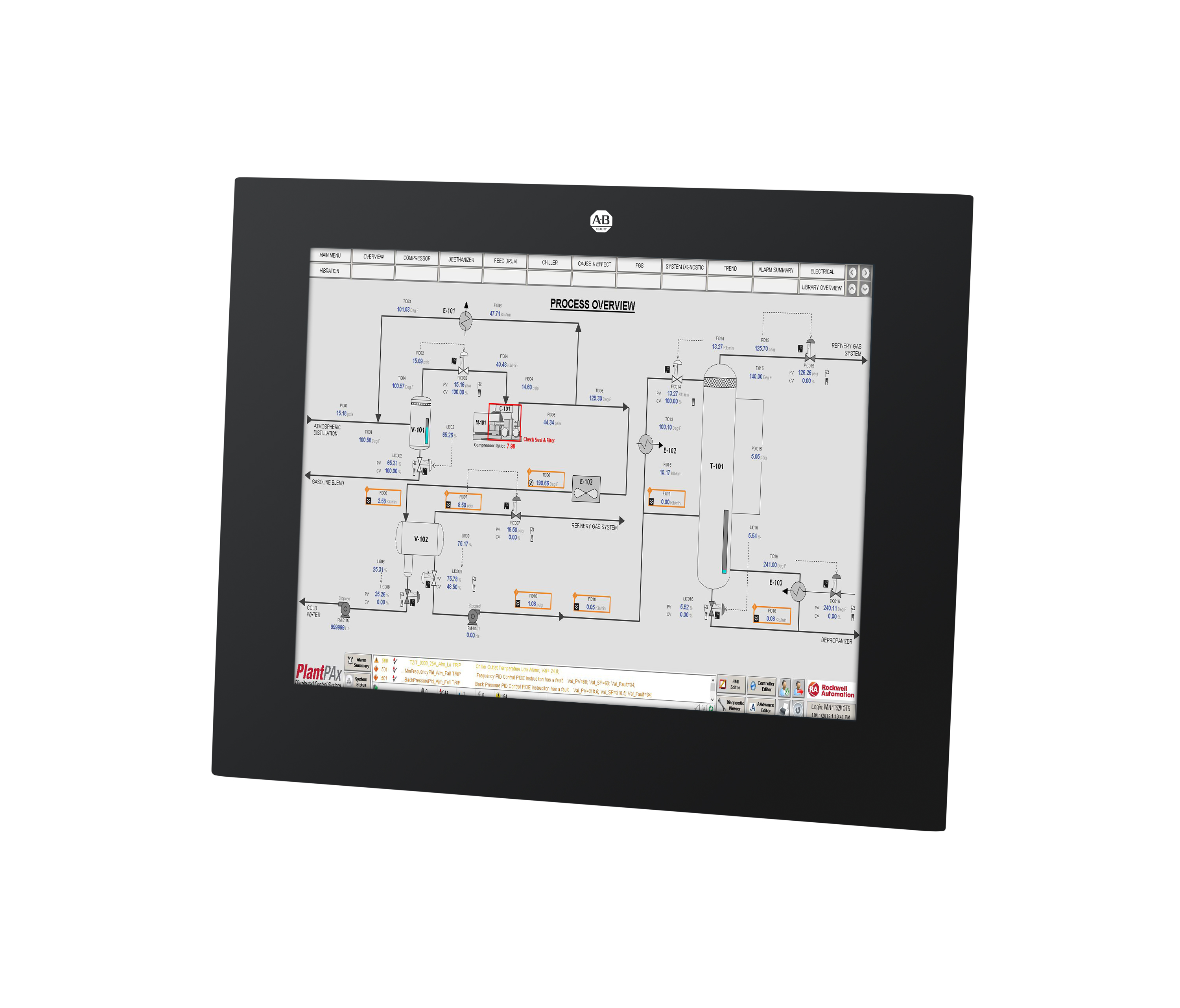Edge computing is the processing and analysing data where it is generated, rather than sending it to a centralised data centre or cloud. This can be done using a network of smaller devices, such as sensors, gateways and edge servers, which are located closer to the edge of the network and can perform computations locally.
For the manufacturing industry, edge computing has the potential to transform operations by enabling real-time data analysis and decision-making at the edge of the network. For example edge computing can be used for:
• Predictive maintenance - monitor equipment and machinery in real-time, collecting data on performance and predicting maintenance needs before a breakdown occurs. This can help manufacturers reduce downtime, lower maintenance costs and extend the lifespan of equipment;
• Quality control - analyse data from sensors and cameras on the production line, identifying defects and anomalies in real-time. This can improve quality control and reduce waste;
• Inventory management - track inventory levels and optimise the supply chain, enabling manufacturers to respond to changes in demand more quickly and efficiently; and
• Robotics and automation - power robots and other automated systems, enabling them to make real-time decisions and adapt to changing conditions on the factory floor.
Can we use edge and cloud computing together?
It is possible to use edge computing and cloud computing together. In fact, combining these two technologies can provide a more powerful and efficient computing infrastructure.
Edge computing involves processing data at or near the source of data generation, which reduces latency and improves response times. This is particularly useful in situations where real-time processing is necessary, such as in the case of IoT devices.
On the other hand, cloud computing involves the use of remote servers and services to store, manage and process data. Cloud computing provides a scalable and cost-effective way to store and process large amounts of data.
By combining edge computing and cloud computing, it is possible to take advantage of the strengths of both technologies. For example, edge computing can be used to process data in real-time at the source, while cloud computing can be used to store and process data that is not time-sensitive.
Edge computing doesn’t replace one premises’ data centres or cloud environments — it complements them. The edge delivers the right information to the right place to enable real-time decisions and actions.
Edge computing allows you to enhance solutions by addressing cloud computing issues such as performance, latency, bandwidth, security and proximity.
How edge computing can improve your cybersecurity resiliency
As we all know, cyber threats can come from anywhere. Although sometimes they come from the top down, we have seen many cyber intrusions begin at the edge. For this reason, it is important to have layers of defence that can identify and react at the source without communication latency impacts. The edge can often be your first level of defence and isolation before an attacker finds a way to spread out across your entire infrastructure.
We know in today’s markets, edge compute is necessary to drive efficiency and optimisation, however it is often viewed as an increase to your attack surface and vulnerability. With proper software defined layers of protection, edge compute can help increase your security posture by providing you with protection in places your IT teams could not support before.
NHP's Edge Compute portfolio
NHP offers a complete Edge Compute portfolio which is adaptable to the size of your business needs and use cases.

Industrial computers
ASEM 6300 industrial PCs, thin clients and monitors are designed to help you optimise your operation. The ASEM 6300 line of industrial PCs provide an up-to-date computing technology across a wide range of form factors and system configurations to suit nearly every industrial application including monitors, box PCs, panel PCs and thin clients. ASEM 6300 incorporates an open architecture design, enabling users to install software specific to their applications.
Embedded Edge Compute modules
The Embedded Edge Compute module centres around providing containerisation of control software on the module that is easiest to manage for most personnel while providing customisation options for expert users.
The Embedded Edge Compute module builds on Rockwell Automation's recent history of enabling PC or compute functionality with the power of Logix. This edge solution provides key scalability and remote support functions to today’s workforce. At first release, the Embedded Edge Compute enables FactoryTalk Optix software and provides a communication path to REST API, OPC UA, and MQTT to meet the needs of a variety of applications.
Computing platforms
Edge computing solutions from Stratus, a Rockwell Automation Global Technology Partner, enable users to consolidate software applications onto a downtime-proof device, consolidating software applications and eliminating silos. This consolidation improves management and reduces the risk of downtime, which is critical for industrial applications. With Stratus’ industrial-grade edge computing solutions, users can consolidate software applications onto a downtime-proof device.
Software
Factory Talk Edge Manager is an intelligent edge management solution for managing your evolving needs and use cases. Through this solution you can onboard and manage edge devices / fleets, publish edge apps and drive excellent IT/OT convergence.
For more information, please call your local NHP Account Representative or email us:
Australia 1300 NHP NHP nhpsales@nhp.com.au
New Zealand 0800 NHP NHP sales@nhp-nz.com
